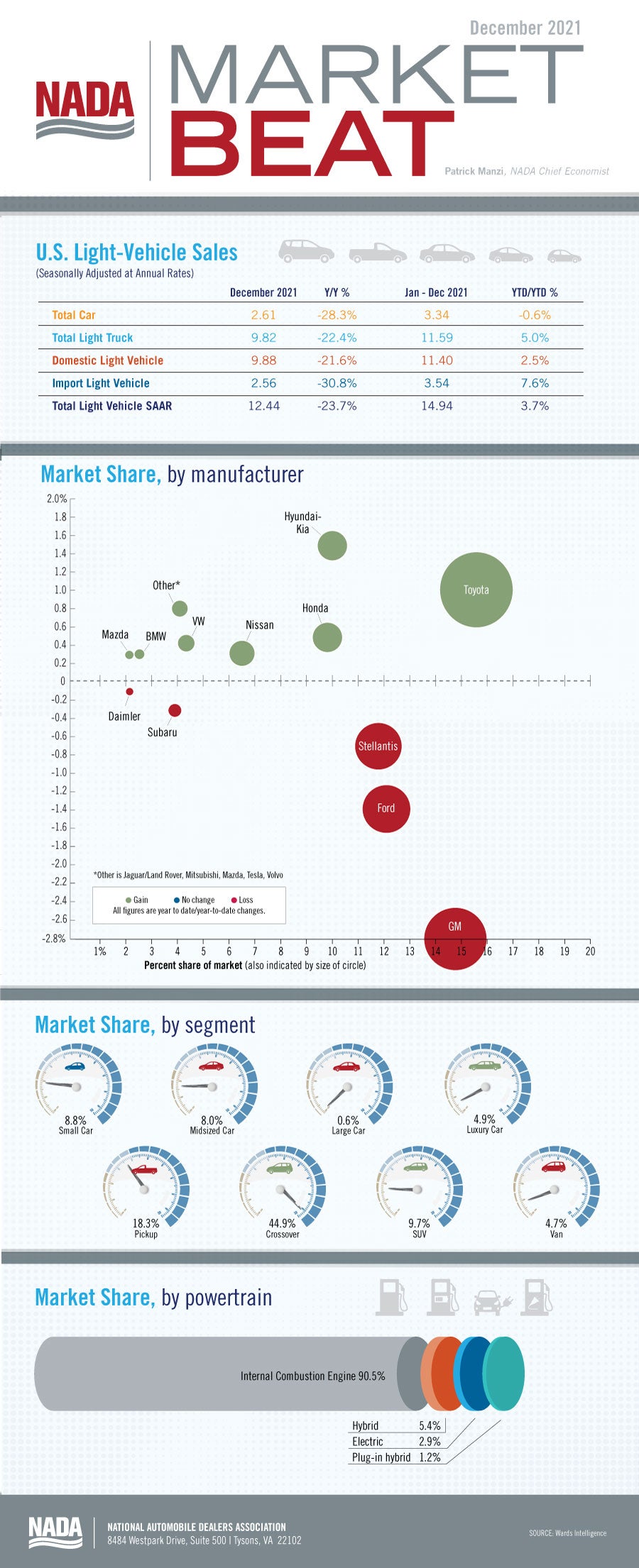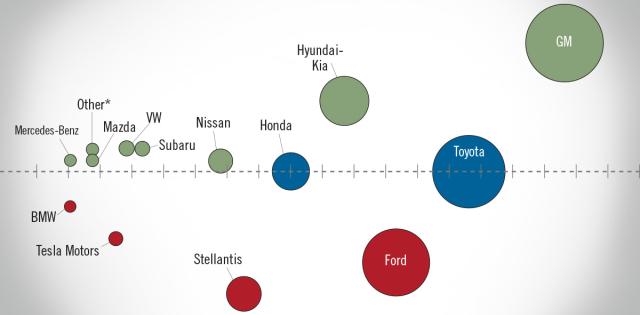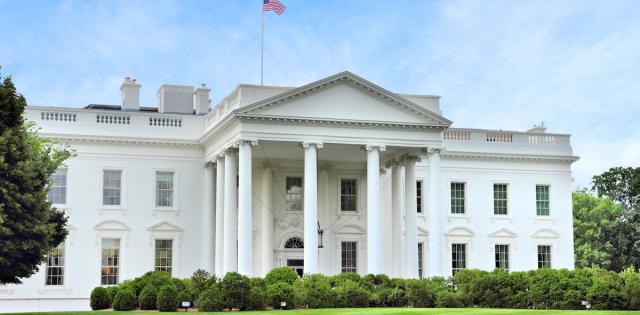New light-vehicle sales totaled 14.93 million units in 2021, up 3.1% from 2020’s 14.47 million. December 2021’s SAAR totaled just 12.44 million units, down 23.7% from December 2020. Since the summer, light-vehicle sales have been held back by limited inventory caused primarily by the ongoing global semiconductor microchip shortage’s impact on new-vehicle production. Otherwise, sales would likely have topped 17 million units for the year.
Dealers sold most of their inventory soon after it reached their lots in December. According to J.D. Power the average number of days a new vehicle sat on the lot fell to a record-low 17 days, down from 49 a year ago. Light-vehicle inventory improved slightly during December 2021. At the end of December inventory on the ground totaled 1.12 million units, up 7.4% compared to the end of November 2021 but down by 59.1% compared to December 2020.
Those tight inventory levels combined with high consumer demand pushed average transaction prices to new highs throughout 2021. The average transaction price, says J.D. Power, should reach a record $45,743 in December—the first time ever above $45,000. Other factors, such as limited manufacturer discounting and production prioritization of higher-priced and more in-demand vehicles helped push prices up as well. Average incentive spending per unit in December is expected to total just $1,598—a record low for the month and down from $2,291 a year ago, J.D. Power says. Light trucks accounted for 77.6% of all new light-vehicle sales in 2021. Within the light-truck sector, the red-hot crossover segment accounted for 44.9% of all new light-vehicle sales, up 1.6 percentage points compared with 2020. Alternative-fuel powertrains increased their market penetration as well, with hybrids and plug-in hybrids representing 6.5% of all new vehicles sold—an increase of 2.9 percentage points from 2020. Battery electric vehicles’ market share rose to 2.9% of all new-vehicle sales, up from 1.6% in 2020.
In 2022, sales will remain limited by low inventory, with dealers continuing to sell new vehicles soon after they reach their lots. There should be some incremental inventory gains throughout the year, but the accumulation on dealer lots will be slow and still well below pre-pandemic levels. The pandemic may also have additional impacts on the global supply chain that could further limit new-vehicle production. Still, pent-up demand continues to build and should help propel sales above 17 million units in the coming years once pandemic-related supply chain disruptions have abated and light-vehicle production is back to full capacity.












